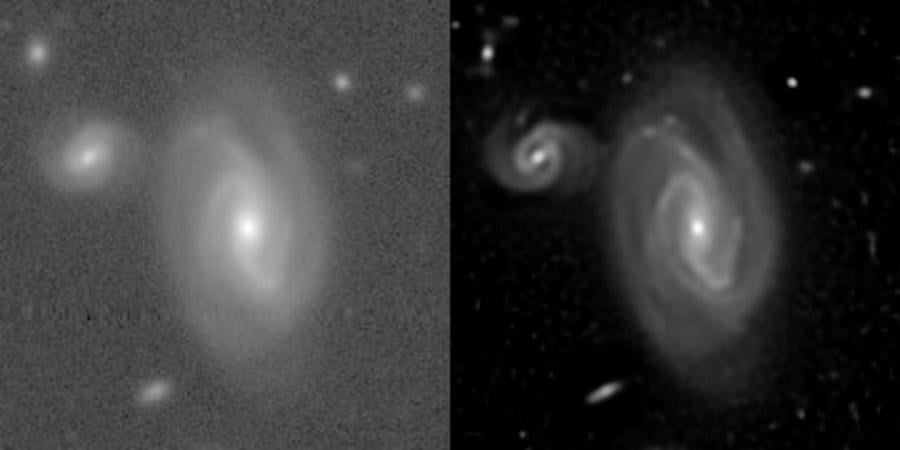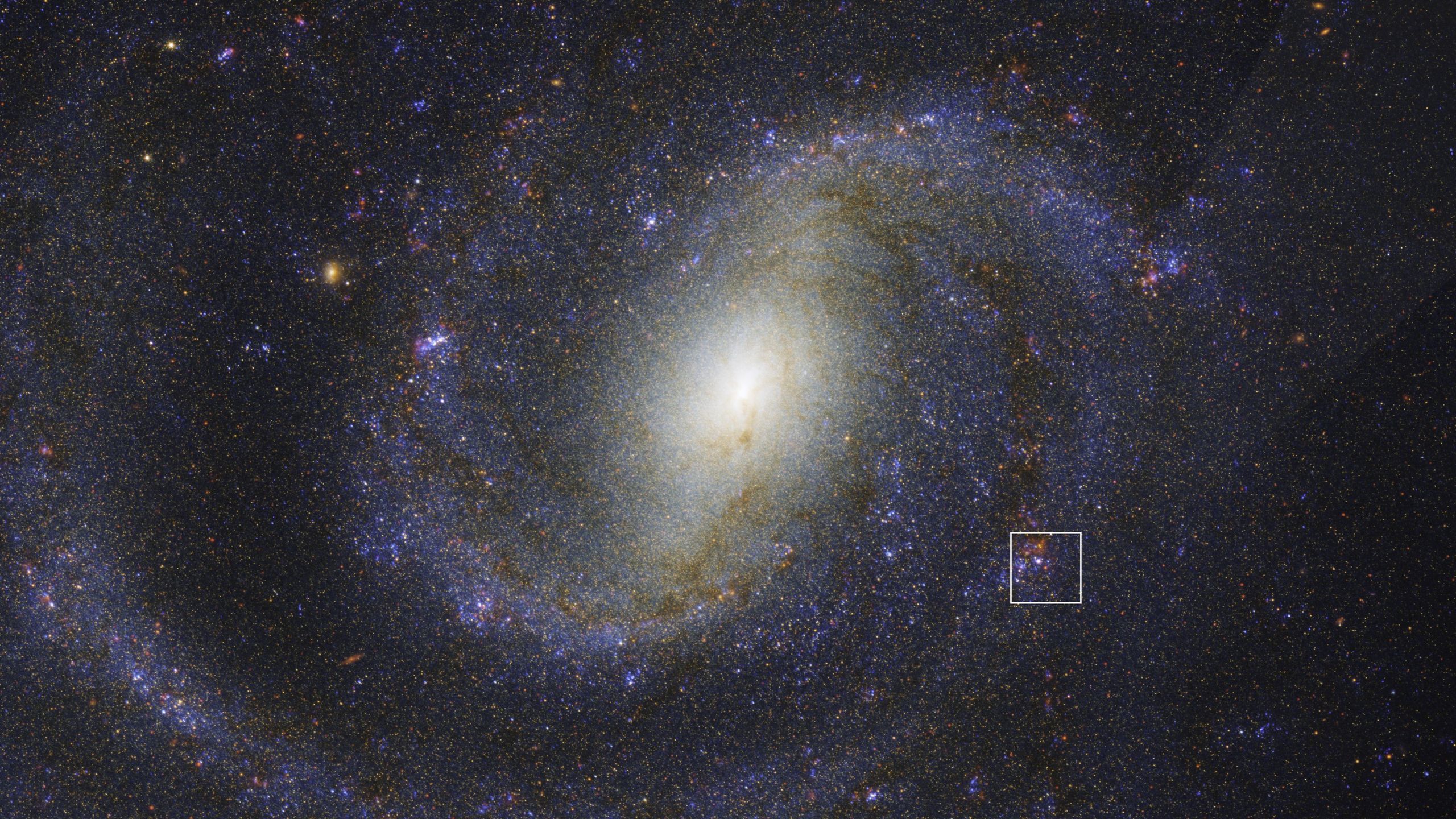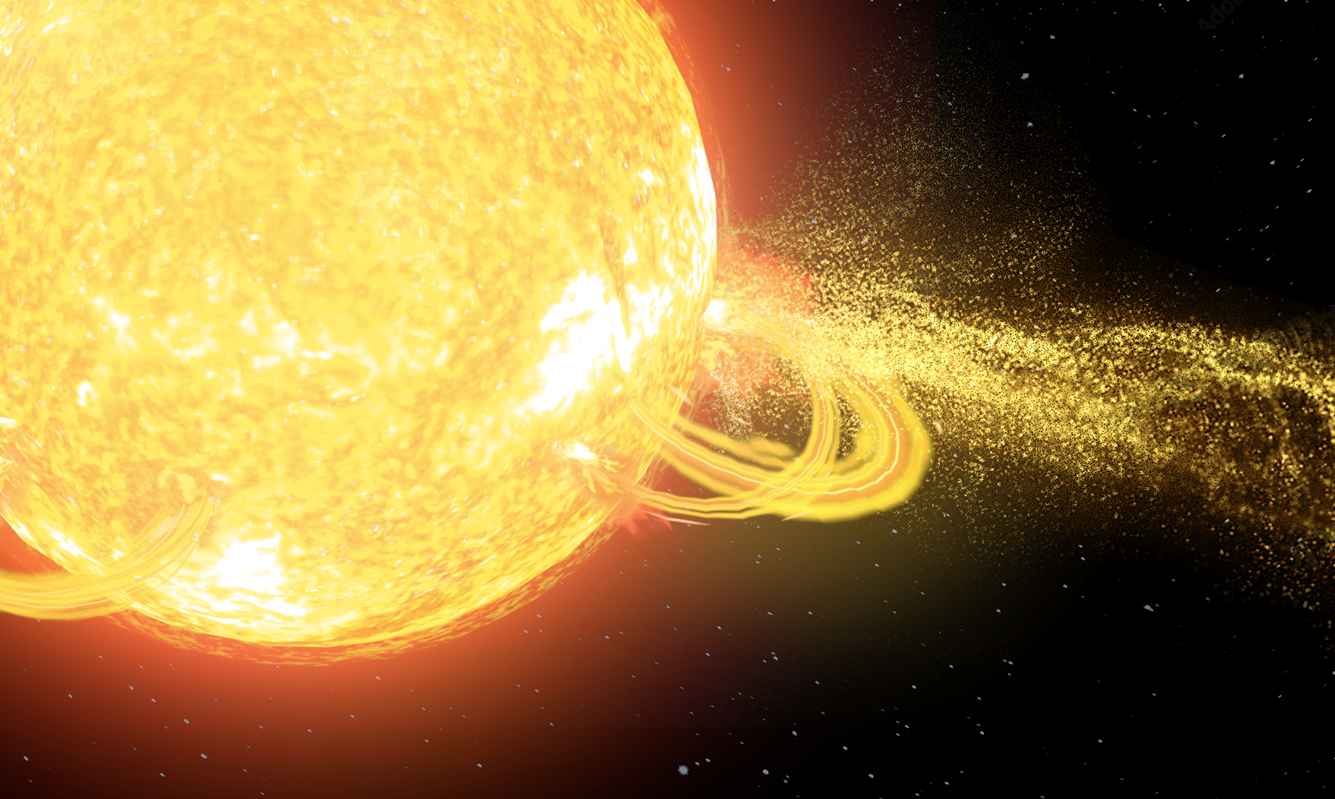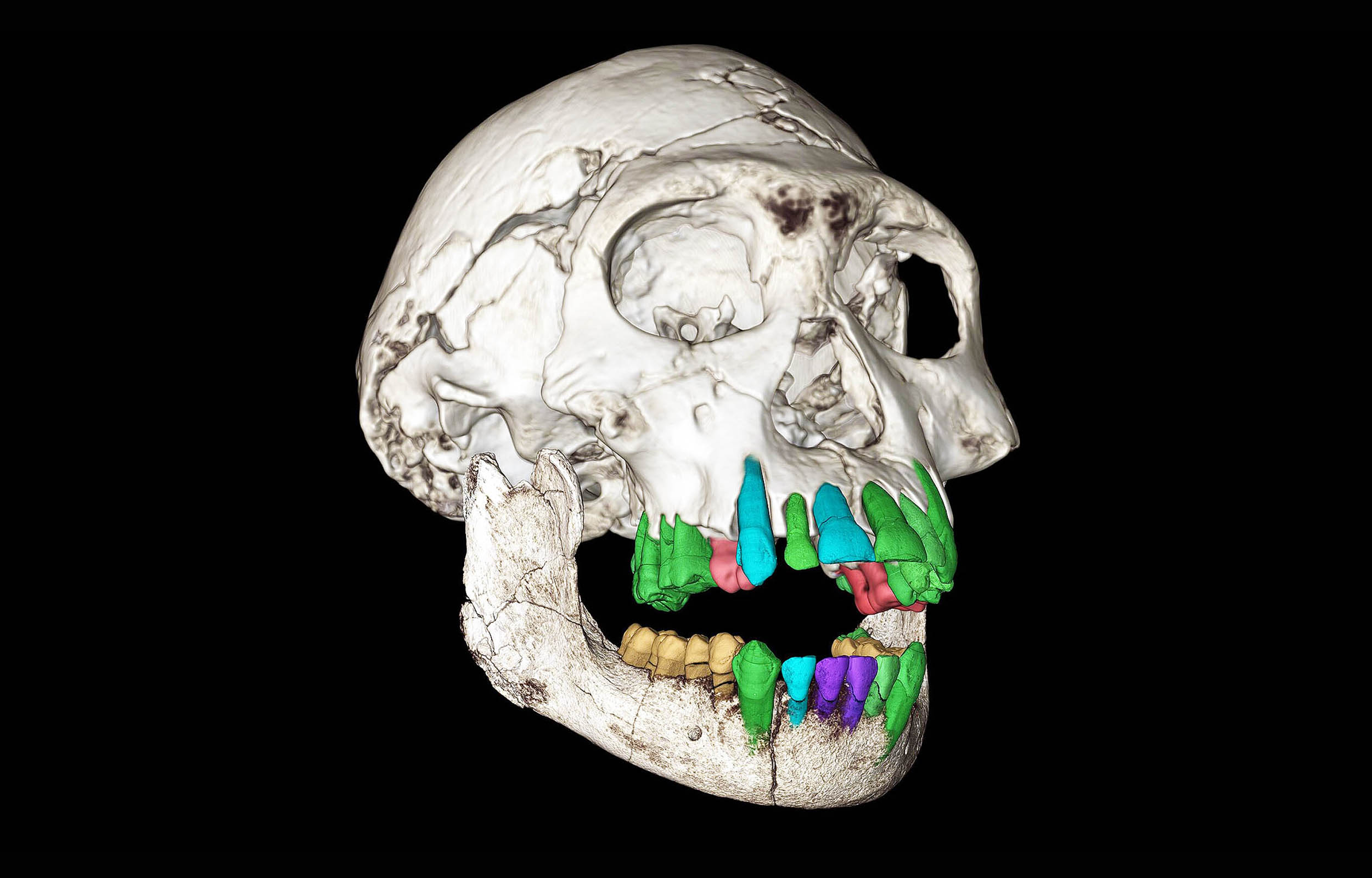Unbelievable Breakthrough: This New Algorithm Could Revolutionize Ground-Based Telescopes!

Imagine trying to capture a breathtaking photo of the universe while battling a wavy, distorted atmosphere that blurs every detail. That's the everyday struggle for ground-based telescopes! But hold onto your telescopes because researchers at Johns Hopkins University have just unveiled a groundbreaking algorithm that could change the game forever.
Ground-based telescopes have always faced a fundamental challenge when trying to observe the cosmos: they’re forced to look through Earth's ever-shifting atmosphere—a turbulent veil that distorts and blurs incoming light. Think of it as trying to take a photo while standing in a flowing stream; the water's movement makes it almost impossible to get a clear shot! Unlike their space counterparts like Hubble, which float above this atmospheric chaos, ground-based telescopes can cover vast areas of the night sky, but they've struggled to achieve the same clarity.
Enter the revolutionary algorithm named ImageMM, a clever mathematical creation poised to grant ground-based telescopes a better view of the universe—almost as good as what we see from space! Imagine capturing those faint, distant galaxies without the annoying atmospheric distortions. Tamás Budavári, an astronomer and mathematician leading this project, emphasizes that the enhancement doesn’t just make images prettier; it opens the door to discovering fainter, more distant celestial objects.
The core of ImageMM's innovation lies in a sophisticated approach to modeling light as it travels through our restless atmosphere. Yashil Sukurdeep, the brilliant mathematician behind ImageMM, likens it to seeing past a constantly shifting sheer curtain to uncover the vibrant, clear image lurking behind it. This algorithm utilizes a mathematical strategy called Majorization-Minimization, tailored specifically for astronomical needs.
Early trials with data from the Subaru Telescope in Hawaii showcased ImageMM’s prowess. The algorithm transformed noisy and blurry images into crystal-clear visuals, revealing intricate details of spiral galaxies like never before. Unlike existing methods that struggle with noise and blur, ImageMM efficiently handles the imperfect data that’s all too typical in real-life observations. Sukurdeep joyfully notes that while astronomers may never achieve a perfect image, this method comes incredibly close to the ideal.
And the timing couldn’t be more perfect. The Rubin Observatory, which is gearing up to collect extensive test data this year, will dive into groundbreaking research on dark energy and dark matter. For these complex scientific inquiries, accurately measuring distant galaxies and detecting subtle gravitational distortions is vital. Just a slight enhancement in image quality from billion-dollar observatories can lead to significant scientific breakthroughs.
While space telescopes like Hubble have dazzled us with deep, high-resolution snaps of the universe, they can only capture a minuscule part of the sky—about 0.1% over 34 years. In contrast, ground-based facilities like the Rubin Observatory have the power to survey the entire visible sky every few days. Now, with ImageMM processing these myriad observations, astronomers could finally achieve space-quality images from the ground while enjoying the extensive coverage provided by terrestrial instruments, and all at a fraction of the cost.




























